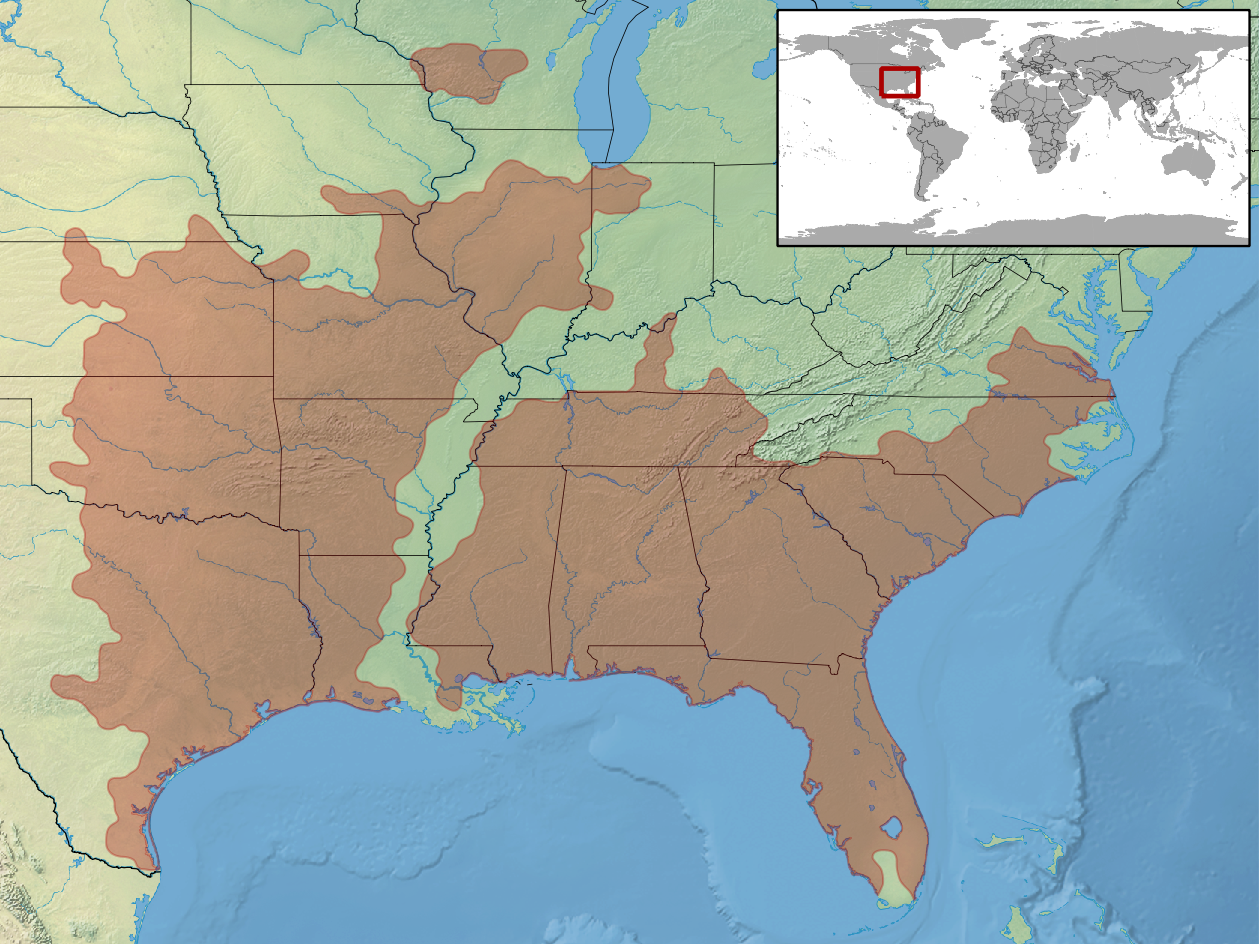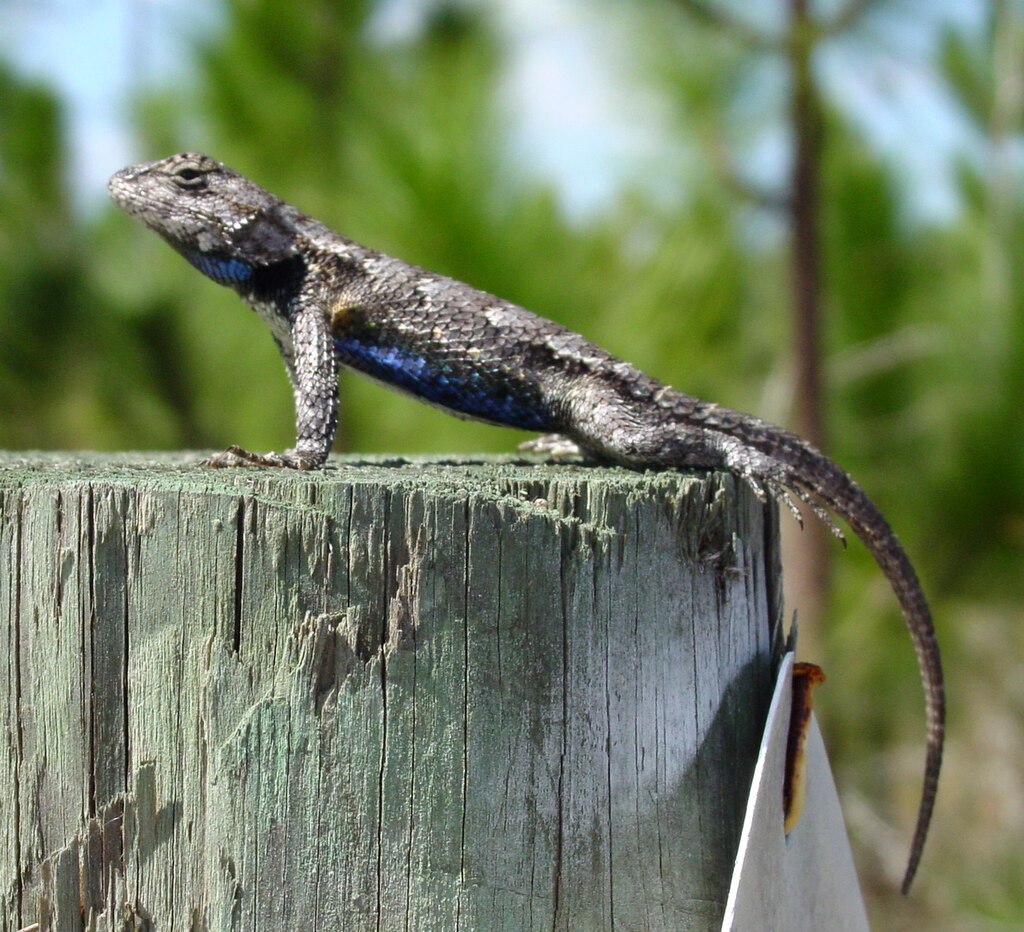Living or visiting Illinois, you are guaranteed to come across a number of lizards.
There are 6 lizards that you may come across when in Illinois, whether walking in the local forested and grassland areas to your own backyard. Wondering what lizard you just saw?
It’s always useful to be able to identify the lizards in your backyard or local area. Some of the lizards can look just like snakes, which can be worrying if you have dogs, cats, or children in the home.
Continue reading to get detailed information on the 6 lizards you may come across in Illinois.
1. Slender Glass Lizard
Scientific name: Ophisaurus attenuatus.
Common name: Slender glass lizard.

The slender glass lizard has brown to yellow bodies with six distinct stripes, along with a mid-dorsal stripe. White specs can be seen in the middle of the scales, which may or may not result in a light stripe.
These lizards can grow up to 36 inches in total length, the tail is approximately two times the length of the body. There isn’t much of a size difference between males and females with both genders being around the same size.

These are fast-moving lizards and will break off a part of the tail to try and escape should they be captured.
They tend to hide and hibernate in other animals’ burrows. They are active in the day time.
Their tail doesn’t grow back completely, which means each time the tail breaks off, the overall length of the lizard is reduced.
2. Eastern Fence Lizard

Scientific name: Sceloporus Undulatus.
Common name: Eastern fence lizard, prairie lizard, fence swift, gray lizard, northern fence lizard, pine lizard.
Eastern fence lizards grow up to 19 centimeters or 7.5 inches, including their tails. They are brown or gray in color with a dark line that runs down the back of the thigh.
Females are gray in color with darker wavy lines across the back with a white belly. Males are brown and during summer they are a green/blue color on the sides of the belly and throat.
They are very similar to western fence lizard.
3. Six-lined Racerunner

Scientific name: Aspidoscelis Sexlineatus.
Common name: Six-lined racerunner.
The six-lined racerunner is a dark green, black, or brown lizard with six green/yellow or yellow stripes that run from the head to the tail.
Females have a white belly, while males tend to be pale blue. The males also sometimes have a light green throat.
The tail is double the length of their slender bodies. These are energetic lizards that move fast, sometimes up to 18 miles per hour (29 kilometers per hour).
These lizards can be found in woodlands, floodplains, grasslands and rocky outcrops, they prefer areas with dry soil.
4. Common Five-lined Skink

Scientific name: Plestiodon fasciatus.
Common name: American five-lined skink, common five-lined skink.
The common five-lined skink is a small lizard that is gray or black in color.
They grow up to 9 centimeters and have five cream stripes that go down the back.
Juveniles have blue tails. The stripes and the blue tail will fade as the lizard ages.
During mating season, males have orange around the jaw and chin.

You can often see these skinks basking on rocks and locks, soaking up the sun to maintain their body temperatures at between 28 and 36 degrees Celsius.
They will often hide under rocks and bedrocks in the forests.
5. Little Brown Skink

Scientific name: Scincella lateralis.
Common name: Little brown skink, ground skink.
The little brown skink is a small lizard that only grows to 5.5 inches or 14.5cm from nose to tail.
They are copper brown in color with a white or yellow underbelly. They have an elongated body, sort legs, and can be found in forests, hedges, on the edge of ponds, and streams and within leaf litter.

These little skinks spend most of their time hiding among leaf litter on the forest floor. They very seldom climb a tree. They are known to hide underwater if they are being chased.
They are most active during the daytime, though it isn’t uncommon to see them at night. They will hibernate during the cold winter months.
6. Broad-headed Skink

Scientific name: Plestiodon laticeps.
Common name: Broad-headed skink, broadhead skink.
These are the largest of the skinks and can grow up to 33 centimeters or 13 inches.
They have broad triangular-shaped heads with adult males being olive or brown in color with orange heads during the mating season.
Females have five stripes that run the length of their backs and tails. Juveniles are black or dark brown with blue tails.

These lizards can be found in urban areas, but prefer forest areas with an abundance of leaf litter and good humidity.
These lizards can be seen foraging on the ground and sleeping in trees. Males are larger than females.
I need to identify a lizard where can i send a picture